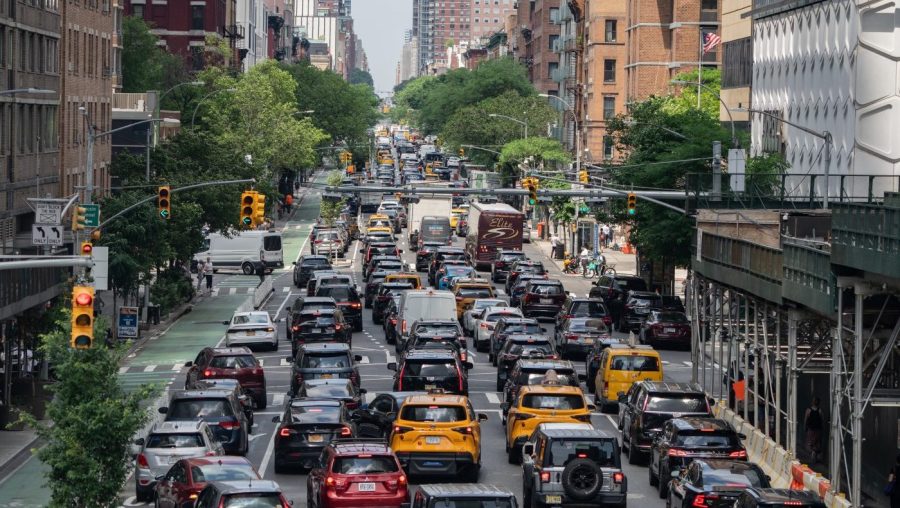AI Sentiment: Bullish
Reason: Congestion pricing in NYC presents an opportunity to reduce traffic and emissions while improving public transport, despite equity concerns.
As urban areas continue to grapple with the challenges of traffic congestion and environmental concerns, congestion pricing has emerged as a viable solution, particularly in cities like New York. This innovative approach involves charging drivers a fee to enter congested zones, with the dual aim of reducing traffic and generating revenue for public transportation improvements.
The success of congestion pricing in other major global cities has provided a template for New York's implementation. Cities such as London and Stockholm have effectively utilized this strategy to not only alleviate traffic but also to enhance air quality. New York, with its dense population and significant traffic challenges, stands to benefit greatly from a similar system.
One of the primary advantages of congestion pricing is its ability to encourage the use of public transportation. By making driving in congested areas more costly, the initiative incentivizes commuters to opt for buses, subways, or other forms of public transit. This shift not only reduces the number of vehicles on the road but also contributes to a decrease in greenhouse gas emissions, aligning with broader environmental goals.
In addition to environmental benefits, the revenue generated from congestion pricing can be reinvested into the city's infrastructure. Improvements in public transportation systems can lead to more reliable and efficient services, attracting even more commuters to leave their cars behind. This creates a positive feedback loop where reduced congestion and enhanced public transit further encourage sustainable commuting practices.
However, the implementation of congestion pricing is not without its challenges. Concerns about equity and the financial burden on low-income drivers must be addressed. To ensure that the system is fair and accessible, it is crucial that measures are put in place to support those who may be adversely affected by the new fees.
In conclusion, congestion pricing presents a compelling opportunity for cities like New York to tackle traffic congestion, improve air quality, and enhance public transportation systems. With careful planning and consideration of equity, this approach could lead to a more sustainable urban environment, benefiting both residents and the city as a whole.




